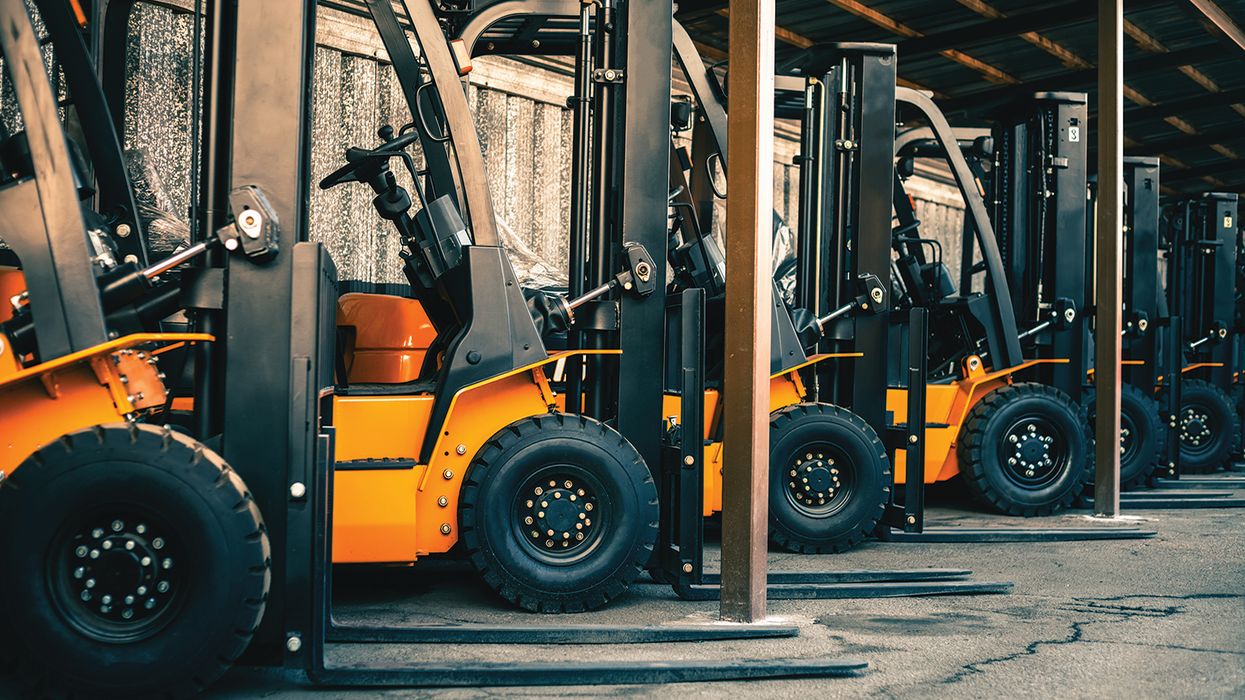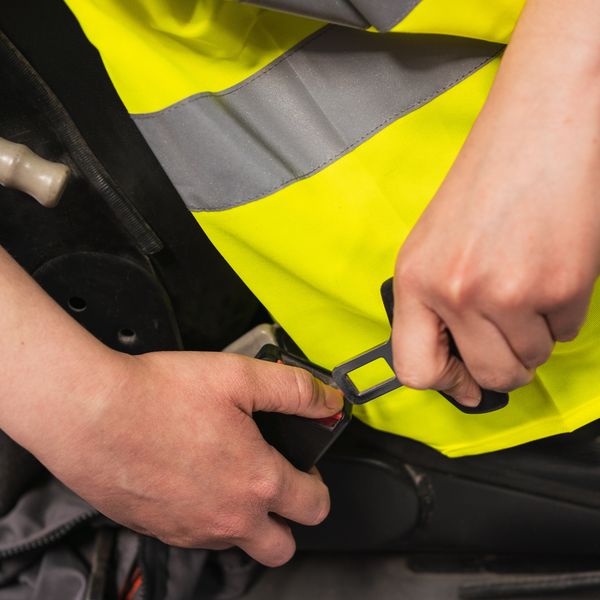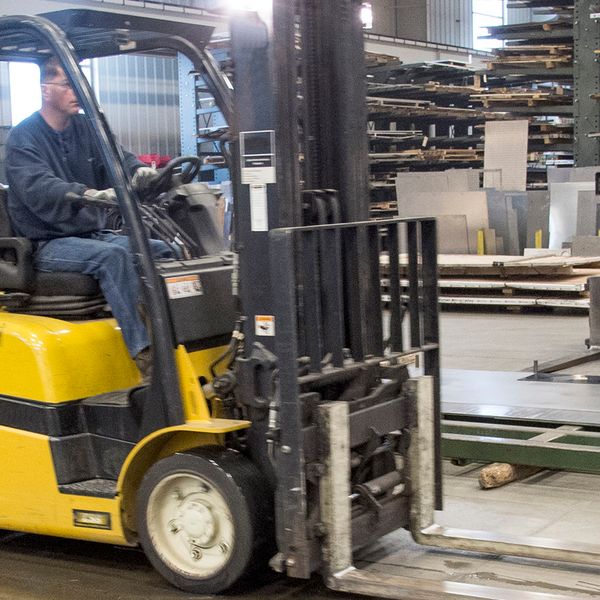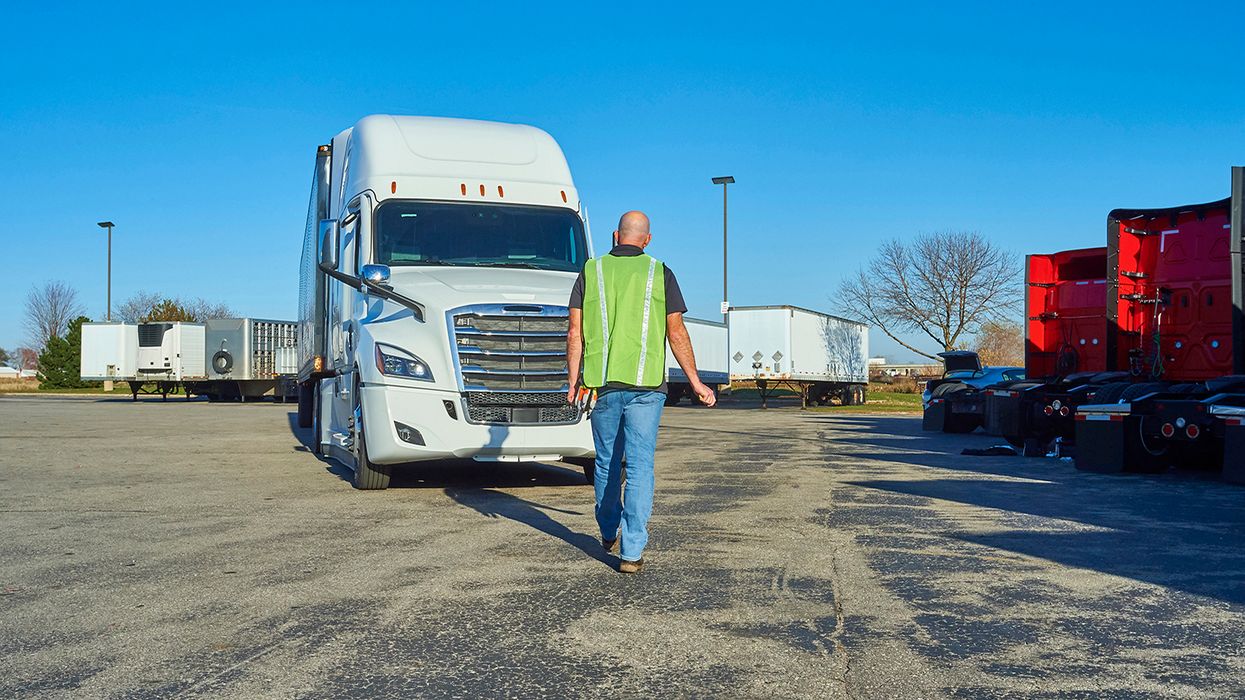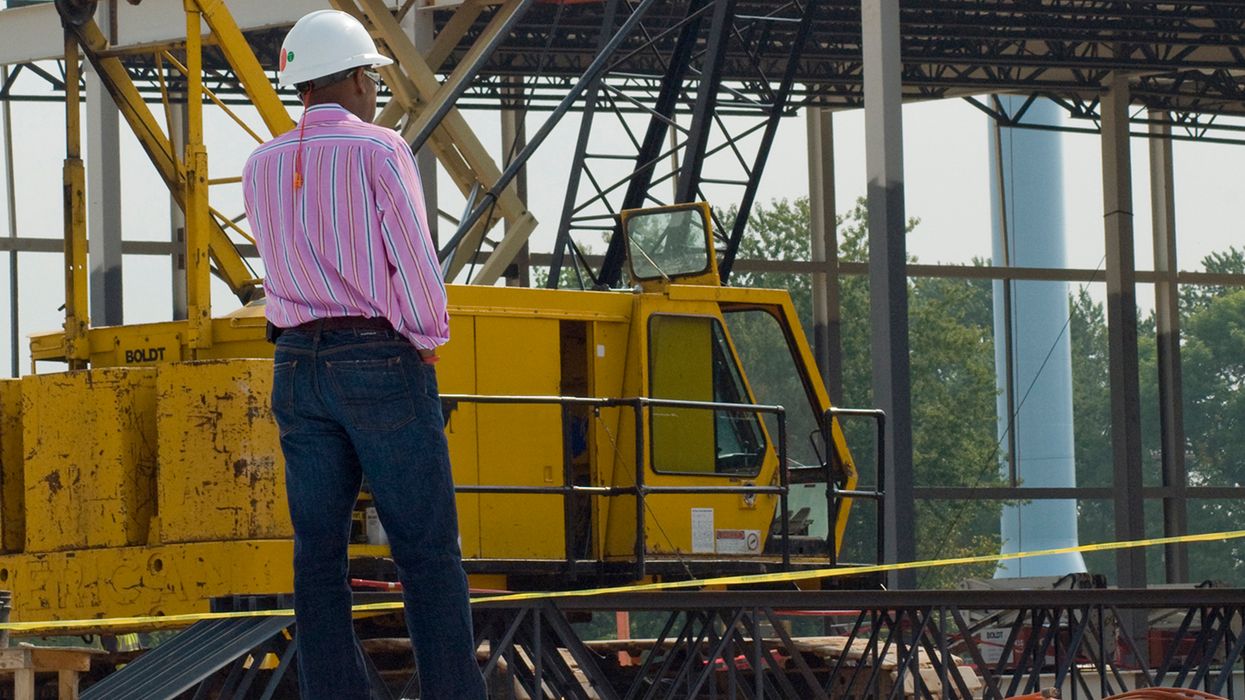Clear vision, sound safety: The role of vision and hearing tests for forklift operators
The powered industrial truck standard at 1910.178 does not specifically address the vision and hearing requirements of operators. However, there are obviously some potential concerns and safety issues. These need to be evaluated by the employer (and appropriate medical personnel) in light of specific operations and work environment.
OSHA has issued letters of interpretation (LOI) addressing both vision (LOI dated October 20,1976) and hearing (LOI dated January 26, 1998) impaired potential forklift operators. These letters make no mention of vision or hearing requirements but do point out an ANSI B56.1 standard which suggests “an examination…include such things as field of vision, hearing, depth perception and reaction timing”, as well as “require employers to assure that operators are qualified as to visual, auditory, and mental ability to operate the equipment safely."
It should be noted that OSHA has not incorporated these ANSI requirements as an OSHA standard as of yet. That means it is up to the employer, through consultation with the appropriate medical personnel, to ensure their forklift operators can operate the equipment safely. Employers may not discriminate against an employee based on any impairment.
OSHA encourages employers to explore reasonable accommodations that will allow otherwise-qualified individuals to remain on the job while eliminating threats to the health or safety of others in the workplace.
Understand impairment concerns
Employers may have concerns for those workers with a hearing and/or vision impairment that wish to be trained as forklift operators. By recognizing potential safety issues, they can work to implement appropriate measures for the operator.
Around 15 percent of adult Americans say they have trouble hearing. For those with a hearing impairment, potential safety concerns with forklift operation may include difficulty or inability to hear the following:
- pedestrians nearby;
- horns or other warning signals;
- verbal instructions and training;
- other equipment;
- potential malfunction of the forklift; and
- emergency signals.
In addition, 18.4 percent of adult Americans are either blind or experience “a lot” or “some” visual impairment, even with corrective glasses in place . Potential safety risks associated with forklift operation for those who have a vision impairment may include:
- inadequate depth perception;
- insufficient peripheral vision;
- difficulty seeing pedestrians; and
- trouble differentiating different work environments.
Focus on appropriate measures
Hearing and vision impairment does not mean forklift operation is impossible, it simply suggests the employer may need to consider reasonable accommodations and implement appropriate measures for the operator.
For those with hearing impairments, this could include:
- installing vibrating alarms or lights to notify the operator of potential threats;
- utilizing hand signals or written instructions as a form of communication;
- increasing usage of mirrors and/or cameras to improve situational awareness; and
- providing specialized training for operators with hearing impairments.
For those with vision impairments, this could include:
- installing audible proximity detectors or sensors;
- enforcing pedestrian walkways and requiring hi-vis apparel;
- establishing clear communication methods and large signage where appropriate;
- maintaining floor markings, clear pathways, and adequate lighting; and
- providing specialized training for operators with vision impairments.
Remember the operation requirements
At a minimum, workers must receive proper training and certification before being allowed to operate a forklift. Such training includes a combination of formal instruction, practical training, and evaluation. Operators must be re-evaluated every three years, and refresher training provided to those who meet certain criteria. Also keep in mind, it is a violation of Federal law for anyone under the age of 18 to operate a forklift regardless of ability.
Key to remember
Ultimately, it is up to each employer (with a physician’s guidance, if necessary) to determine if an employee can operate the forklift in a safe manner.

